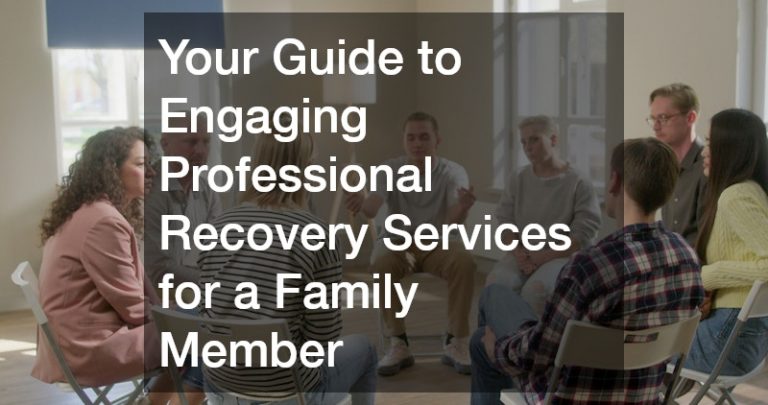- Community health improvement entails leveraging technology, staff training, and partnerships with healthcare institutions.
- Maintaining a steady supply of medications and modern medical equipment is crucial for comprehensive patient care.
- Heightening community awareness and engagement ensures timely access to healthcare services for all community members.
- The collective effort to enhance community health centers equates to a healthier, stronger community.
The health of a community is not only the responsibility of local governments or non-profits alone, but it should be a collective responsibility of everyone. Ensuring that all members of the community have access to comprehensive healthcare services is paramount.
However, there is a need to improve community health centers to enhance the quality of healthcare services, especially for underserved members of the community. This blog will discuss essential tips you can use to improve the operations of your community health center and provide access to quality healthcare services to your community.
Use Technology to Improve Service Delivery.
Technology has transformed the way healthcare services are delivered globally. Utilizing technology in community health centers can improve the efficiency and accuracy of service delivery.
Using Electronic Medical Records (EMR) can help in maintaining patients’ medical history, diagnoses, and other important medical information that can improve diagnosis and treatment. Additionally, having an online medical scheduler can help patients book appointments more easily, increasing the efficiency of operations.
Increase Staff Development and Training.
Investing in staff development and training in areas such as patient care, communication, and clinical skills is imperative to providing quality care. Health workers at community health centers should be trained to handle all kinds of medical cases and be equipped with conflict resolution skills to handle difficult situations with patients. You should also invest in educating your staff on the latest medical advancements and provide them with resources to better understand different medical conditions.
Establish Partnerships With Other Healthcare Institutions.

Collaborating with other healthcare institutions, both public and private, can enhance service delivery by providing access to specialized care and equipment. Developing partnerships with local college health programs can provide access to student volunteers, internships for medical students, and even educational resources for staff development.
Ensure Availability of Medications and Medical Equipment.
The availability of medications is essential in providing comprehensive care to patients. Community health centers should ensure that there is a steady supply of essential medications to enable them to provide the best care to patients.
Additionally, continually upgrading medical equipment to meet modern healthcare standards will help ensure that patients receive quality care. Health centers can start by investing in quality hospital beds that are easy to move and adjust for patient comfort. These hospital beds can also be disinfected easily to ensure that patients are kept safe from any infections.
Increase Community Awareness and Engagement.
Community awareness and engagement are vital to encouraging community members to access healthcare services. This ensures that patients have access to the right healthcare services at the right time. There are many things that can be done to increase community awareness and engagement. Here are four examples:
Organize health fairs.

Health fairs provide an opportunity for members of the community to receive health screenings and attend educational workshops. Inviting local medical professionals to offer free screenings can create a positive perception of the community health center among members of the community.
Establish clinics in underserved areas.
Establishing clinics in underserved parts of the community allows people who would otherwise not have access to health services to receive healthcare. This could be done through collaborations with local non-profits and government organizations or by setting up mobile clinics in rural areas.
Launch community outreach programs.
Community outreach programs involve providing health education and services to members of the community, especially those who are underserved. These programs can involve door-to-door visits, working with local schools to provide health education, and organizing health awareness campaigns.
Engage with the media.
Engaging with the media is a great way to spread awareness about the community health center and its services. Media outlets such as newspapers, radio stations, and TV channels can be good platforms for sharing important information about the center’s activities.
By increasing community awareness and engagement, you can ensure that members of the community have access to quality healthcare services.
Increasing the efficacy of community health centers is a collective effort. With the right strategies, you can help ensure that everyone, especially the underserved members of the community, has access to quality healthcare. It’s time to take action, collaborate, and transform community health centers into high-functioning, patient-centered institutions that meet the healthcare needs of all members of the community. Remember, a healthier community is a stronger community.











